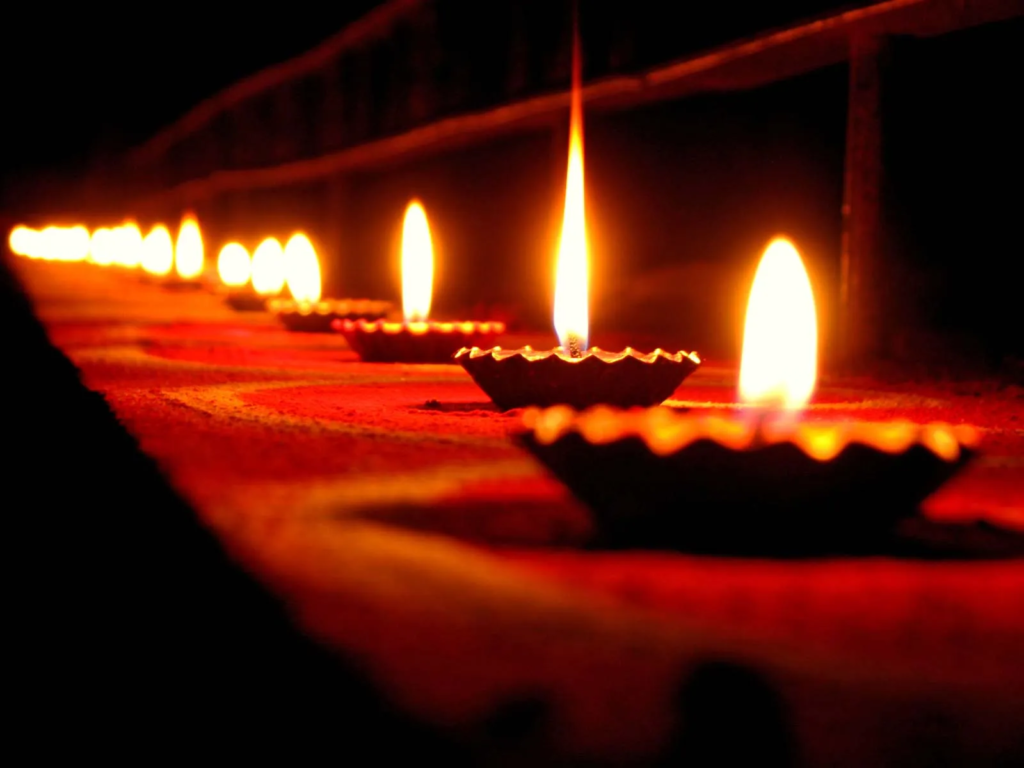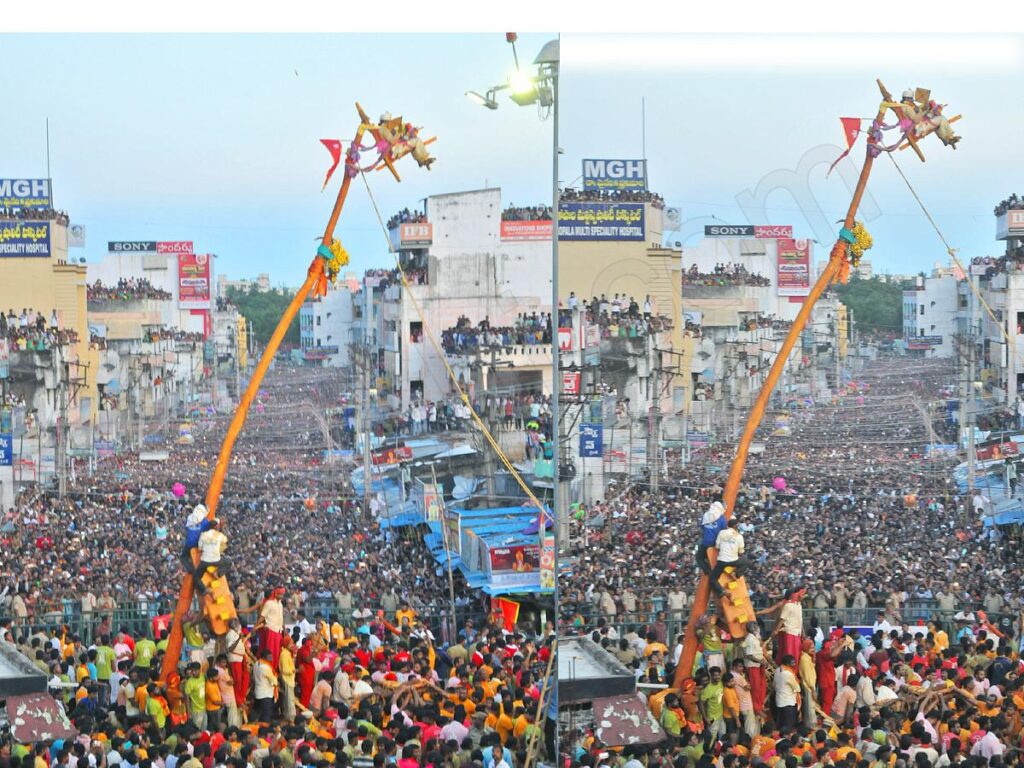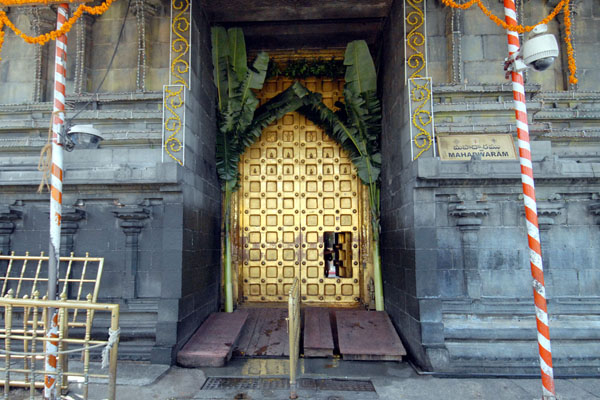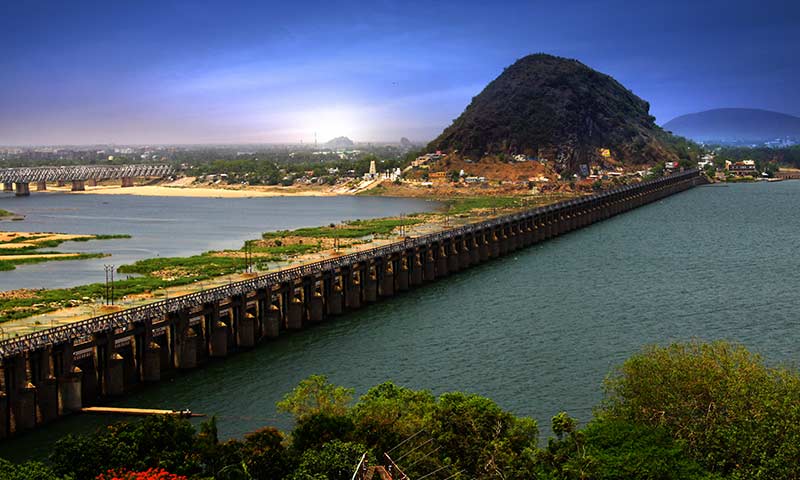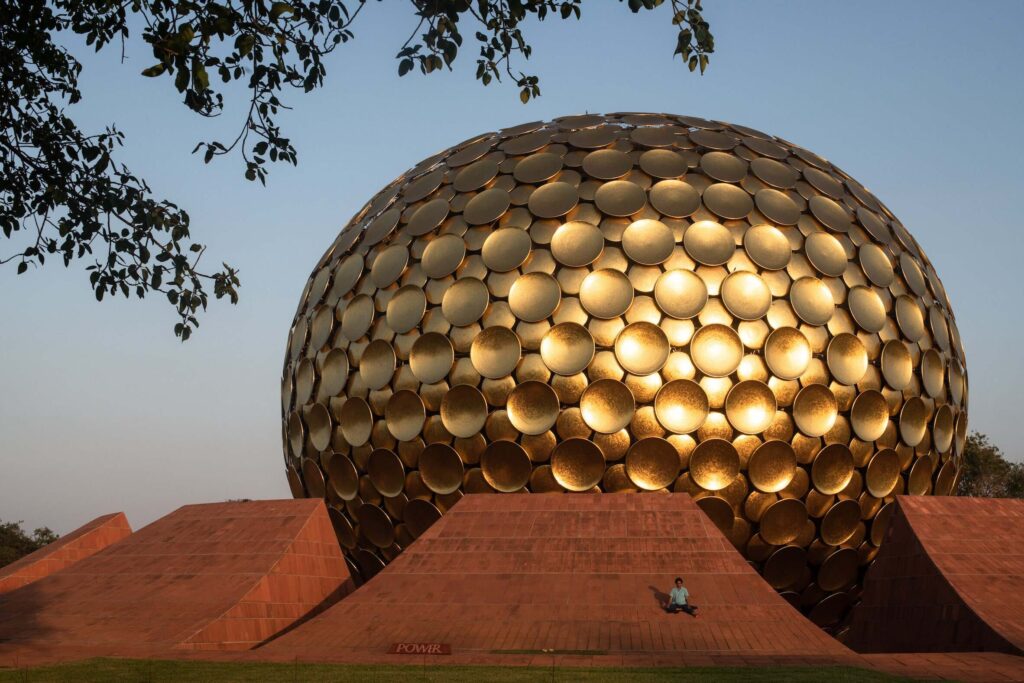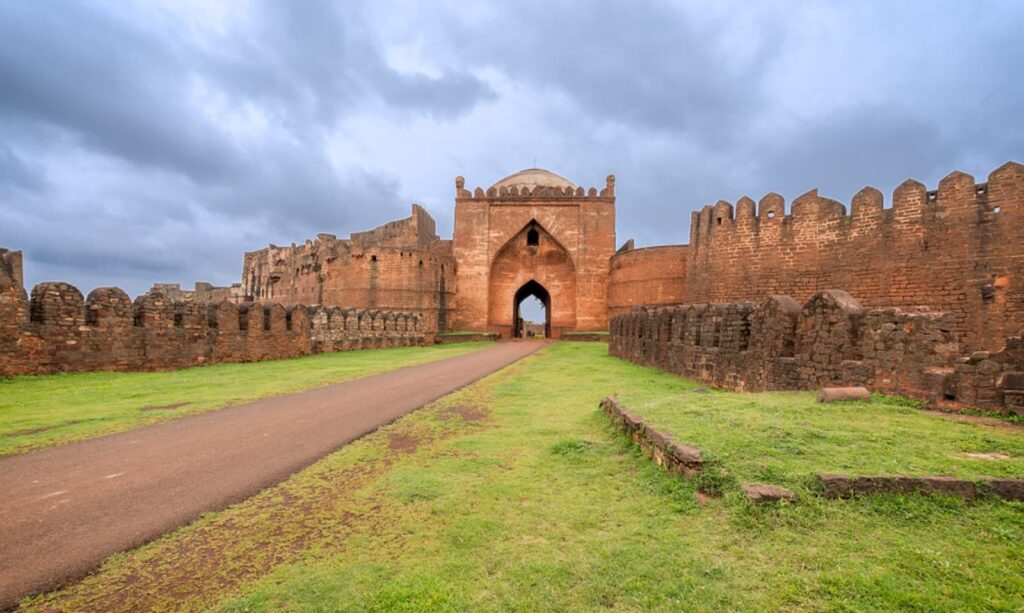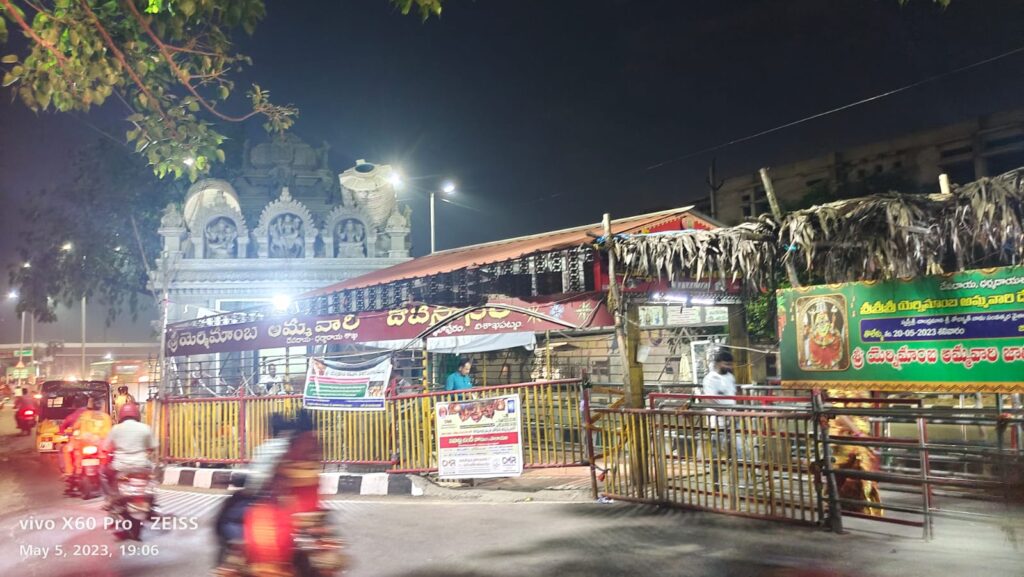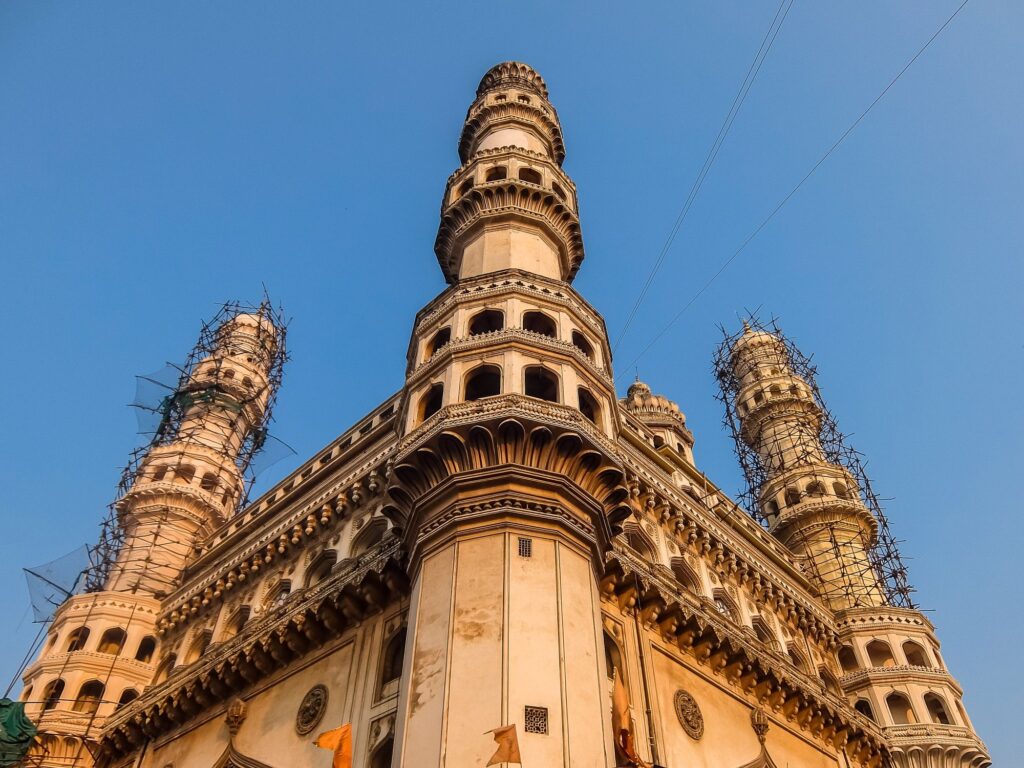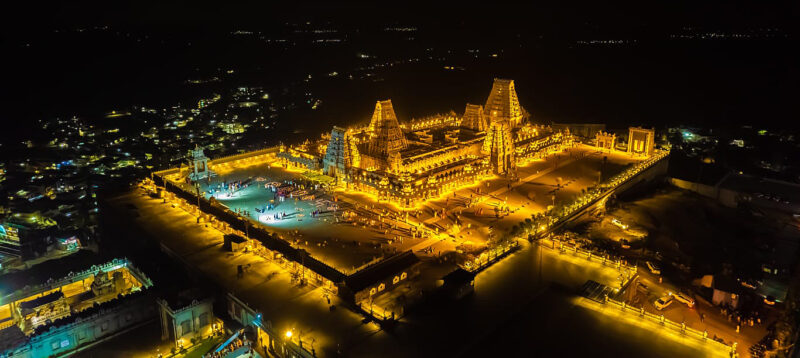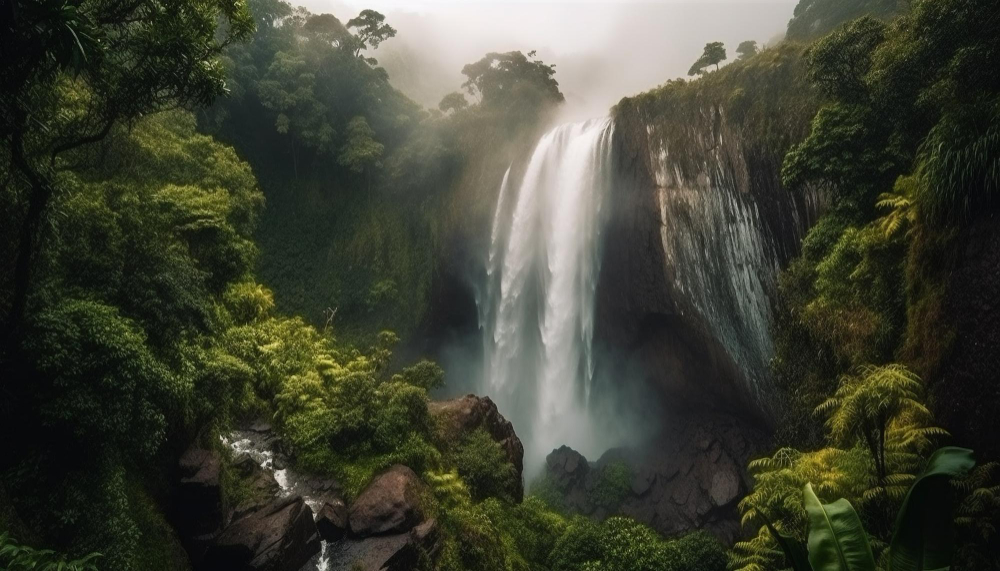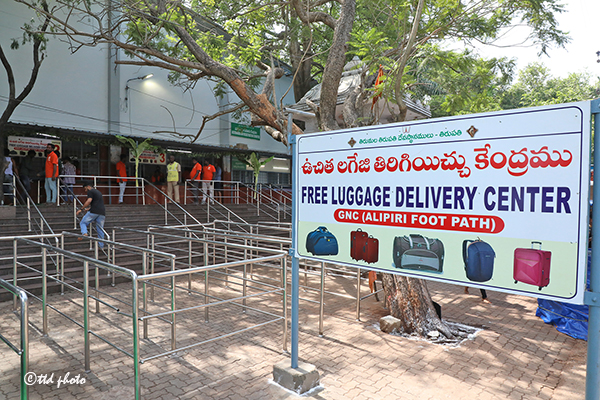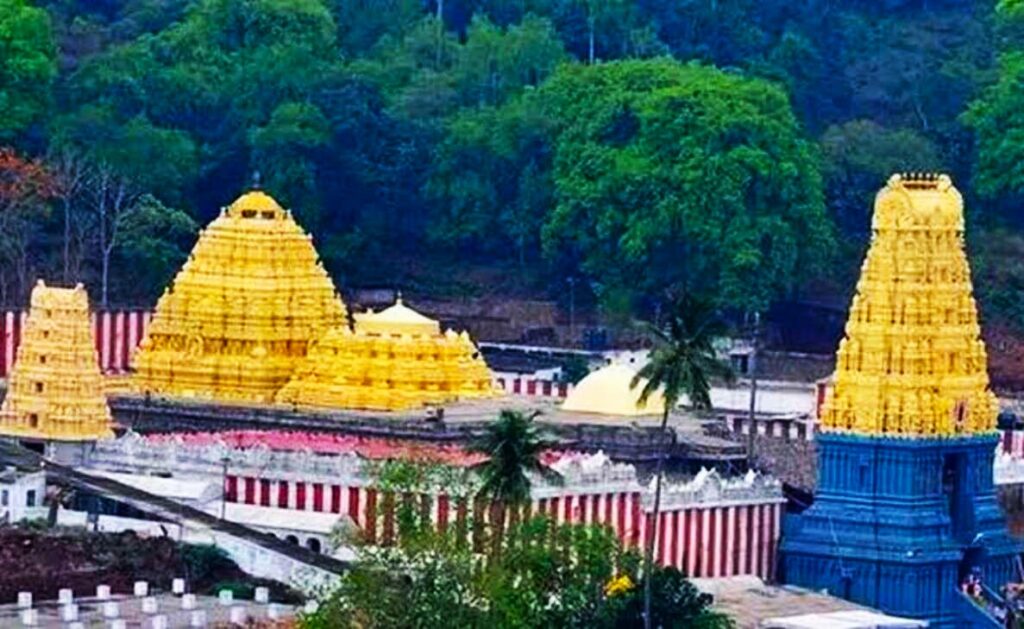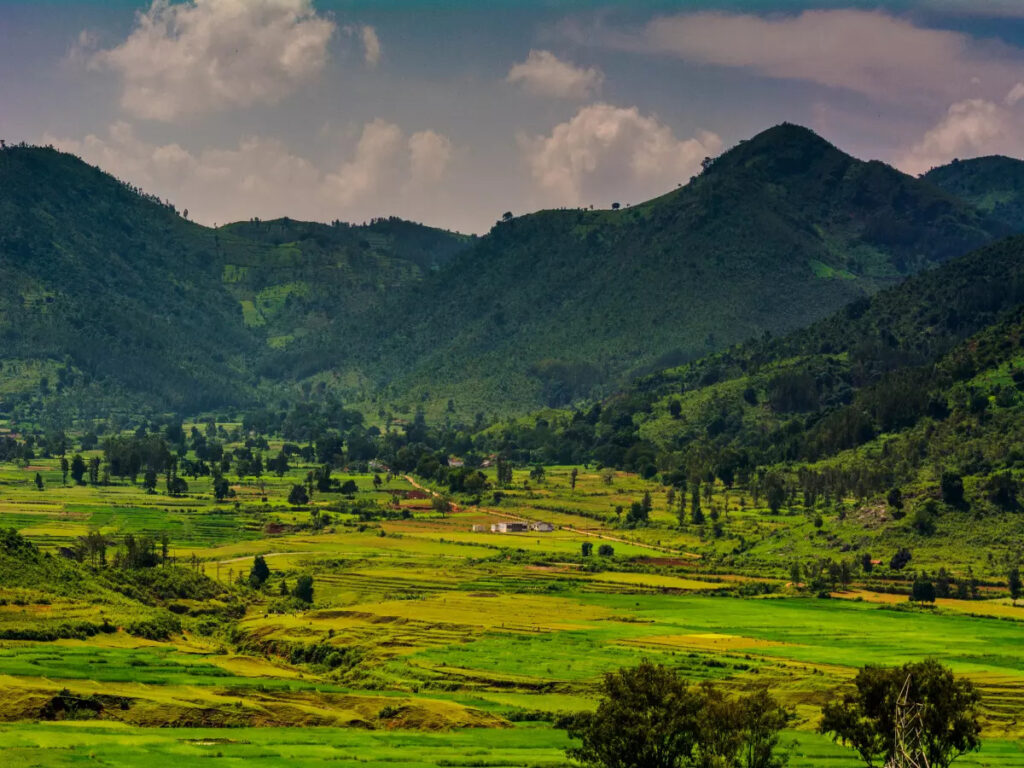Srisailam Temple to to be Closed Due to Lunar Eclipse on Oct 28
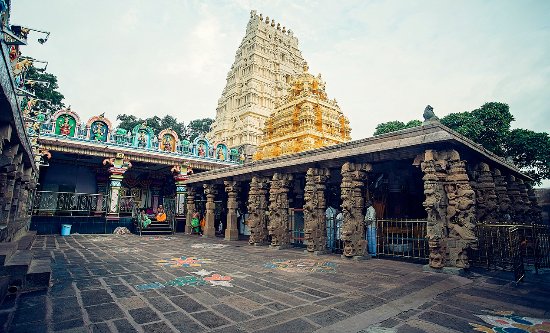
In light of the upcoming partial lunar eclipse on Saturday, the revered Srisailam Temple will temporarily close its doors at 5 pm. The temple is set to reopen on Sunday morning following essential purification rituals, including Shuddhi and Samprokshana, at 5 am.
During the eclipse, devotees can partake in Sarva Darshan until 3:30 pm, while Garbhalaya Arjita Abhishekam ceremonies will continue until 12:30 pm. The Samuhika Abhishekams, however, will only be conducted in the morning.
Following the eclipse’s conclusion at 3:30 pm, the temple will host Mangala Vaadyas, Susandhya, evening pujas, and Mahamangala Aartis. At 5 p.m., the temple gates, along with those of the Upalayas like Sakshi Ganapathi, Hathakeshwaram – Paladhara, Panchadhara, and Shikhareswaram, will be closed for the day.
Devotees can avail of Annaprasadam from 10 a.m. to noon on Saturday, with no further distribution of food after the eclipse, as per temple officials’ instructions. Srisailam Temple to to be Closed
More Info
Why Are Temples Closed During Lunar Eclipses?
Temples are closed during lunar eclipses because it’s believed that these events bring negative energy and disrupt the environment. It’s like a cosmic imbalance that affects the temple’s purity.
During an eclipse, the temple’s atmosphere becomes impure and not suitable for worship. That’s why they close the temple doors. It’s all about maintaining the sacredness of the place.
What is Lunar Eclipse ?
A lunar eclipse is a fascinating astronomical event that occurs when the Earth, the Moon, and the Sun align in a specific way. It’s a celestial dance where the Earth comes between the Sun and the Moon. When this alignment happens, the Earth casts its shadow on the Moon, causing the lunar surface to darken.
This alignment occurs during what we call an “eclipse season,” which happens approximately every six months. It’s like a special time in the celestial calendar. During an eclipse season, we experience both solar and lunar eclipses, but let’s focus on the lunar side of things.
Lunar eclipses occur specifically during a full moon phase. This is when the Moon is on the opposite side of the Earth from the Sun, and its face is fully illuminated. It’s the brightest and most visible phase of the Moon during its 29.5-day cycle.
What makes a lunar eclipse possible is the orientation of the Moon’s orbital plane concerning the plane of the Earth’s orbit around the Sun. The Moon’s path around the Earth is tilted slightly compared to the Earth’s orbit around the Sun. However, these two planes intersect at two points called lunar nodes.
Tirumala Temple is closed due to Chandra Grahan on Oct 28 & 29




